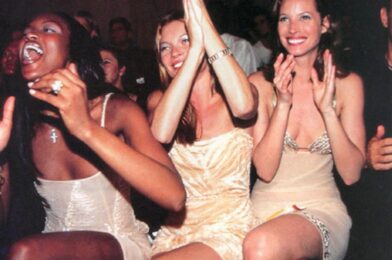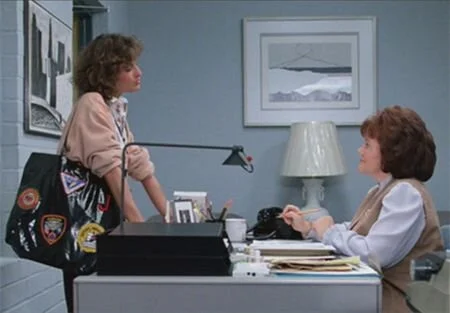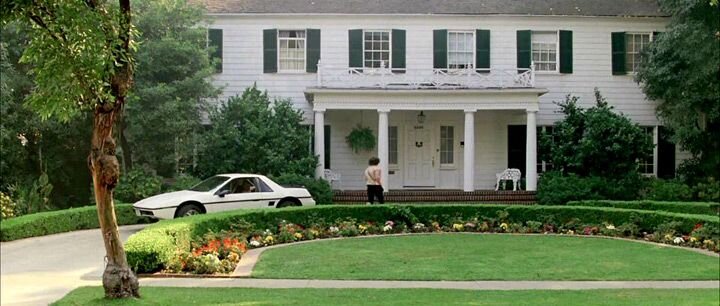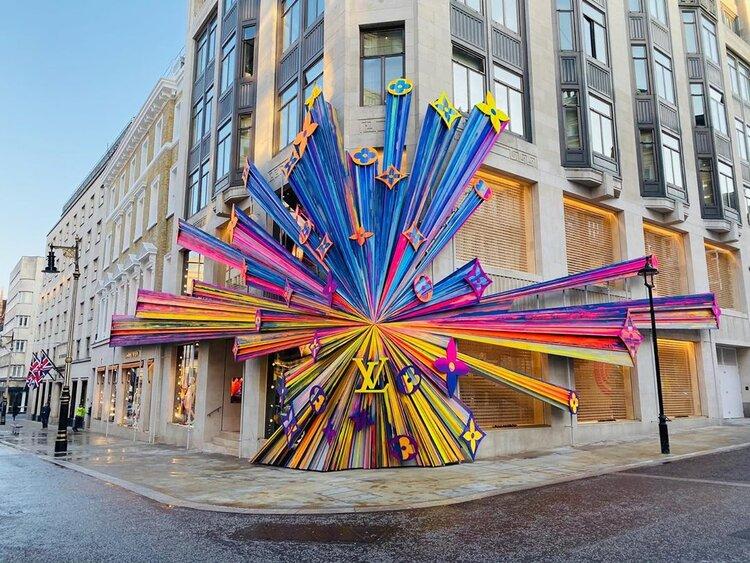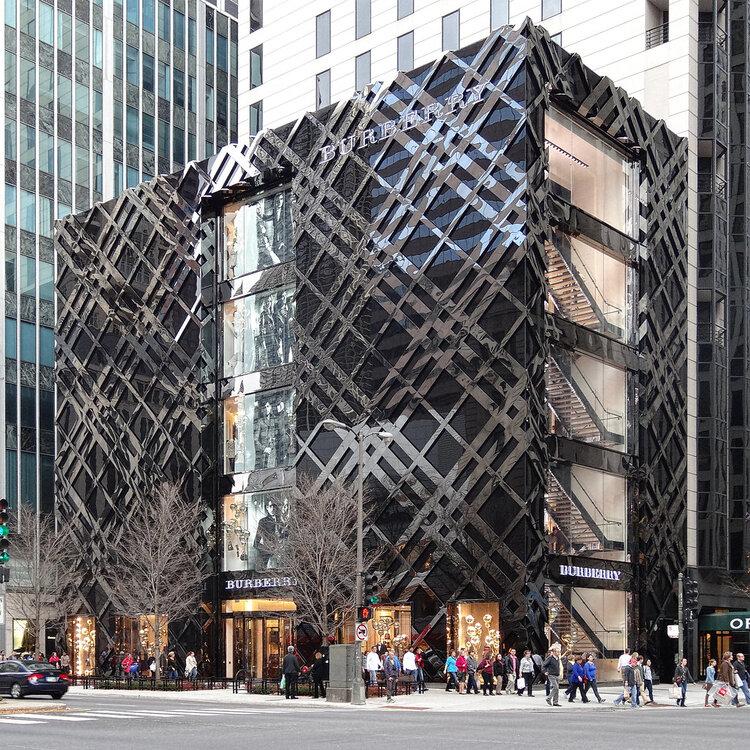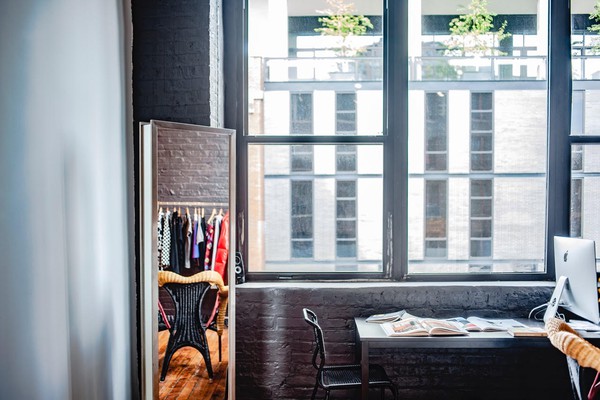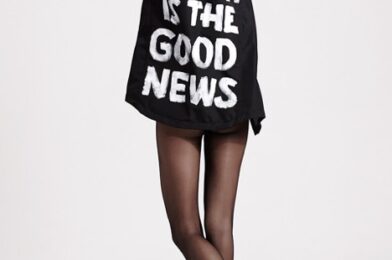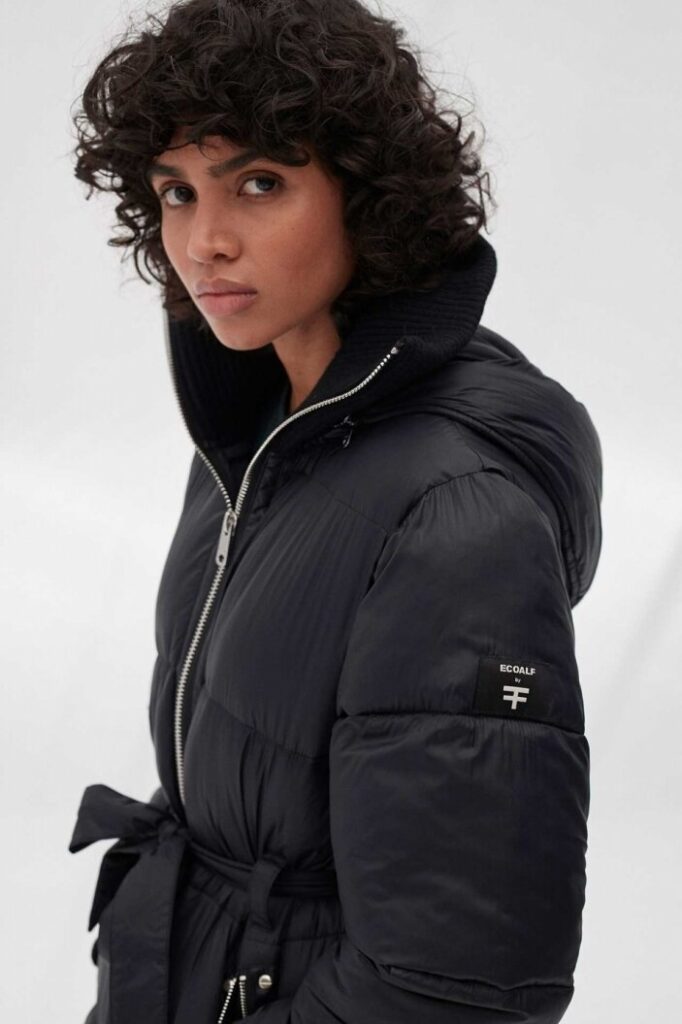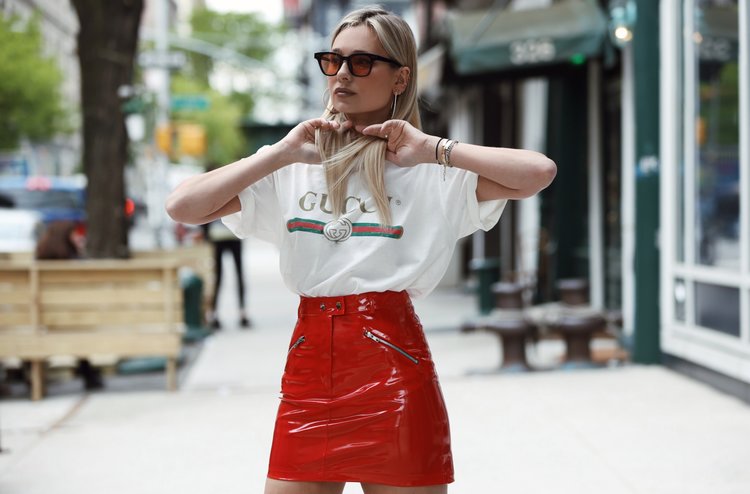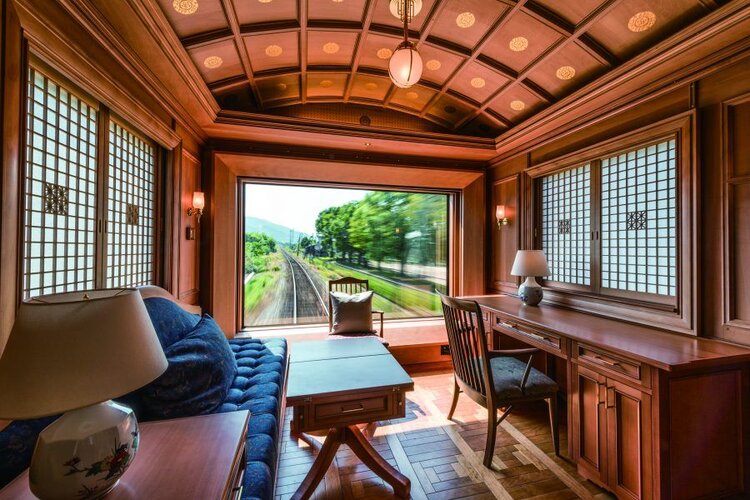Here we are again, only six months after writing my farewell to Barney’s, discussing yet another potential luxury department store bankruptcy. Acknowledging now that the closure of major department stores is less a compilation of random retail flukes and more a trend that will continue well into the future, I feel that it is important to give a very biased argument in favor of luxury department stores.

Before I launch into my pro-department store attack in a bid to make you sentimental for the era of brick and mortar shopping, I feel it is necessary to touch on Neiman Marcus’ presence in the world of fashion and shopping, as well as the economic conditions which threaten it with bankruptcy. First, it’s important to note that Neiman Marcus represents a sizable piece of the luxury retail space, operating 42 premier locations, 30 Last Call (outlet) locations, and of course the two iconic Bergdorf Goodman stores which have been Manhattan staples for more than a century. Neiman Marcus Group has long been fiscally unsound, and was subject to a leveraged buyout in 2013 which helped the company earn it’s nearly $5 billion debt. Despite this formidable financial burden, Neiman Marcus, and companies like it, operate fairly normally in times of economic growth because they balance their large debt with a consistent cash flow to pay towards the debt. In times of economic stasis or instability, though, companies like Neiman Marcus lose nearly all of their revenue, leaving only the mounting debt and nothing with which to pay it. Unfortunately, the telltale signs of liquidity issues have already started to emerge for the company, which missed a nearly $6 million interest payment on debt in April. The additional and unprecedented burden that the coronavirus has placed on the retail market doesn’t help either, as UBS reports that around 100,000 stores may face closure before the end of the decade, and retail sales fell nearly 9 percent in March according to the Washington Post.

While the coronavirus outbreak will no doubt have ramifications for the foreseeable future, it is true that we will one day return Michigan Avenue, Wilshire Boulevard, or Hudson Yards, and it is in anticipation of this return that I implore you to explore the magic of the department store. Even as there are many reasons to shop online, stay at home orders being but one, the benefits of browsing in person are so much greater; for us Chicago-based fashion enthusiasts, is there a joy greater than walking down the Magnificent Mile with coffee in hand and a few friends in tow, browsing stores and trying clothes on in real time? If the social experience that physical shopping offers doesn’t excite you, at least think of the practicality and wonder of the prospect. Department stores offer the chance to seek out the brands which you already love, whilst simultaneously discovering new ones. Often one can shop, eat, and relax within the same retail space, Althea at the top of Saks being a particularly tasty example from Chicago. All of this is simply to say that I believe the department store, and brick and mortar shopping more generally, deserves to live on. Many established and formidable fashion houses either started at, or had significant help from, American department stores. To this day, whimsical shrines to garments remain the place to see and be seen. Where would Carrie Bradshaw from Sex and The City, Cher from Clueless, or Blair Waldorf of Gossip Girl be without the department store?

With potential purchasing interest from Saks Fifth Avenue, the current question is, will Coronavirus finally sound the death knell for luxury department stores, and if not, will they remain after the distant return to normalcy? By now, my position on the matter is painfully obvious. While it’s clear that my affinity for blazing through floors and floors of clothing is not shared by consumers in general, I hope that I’ve at least made a few people curious.
featured image via


